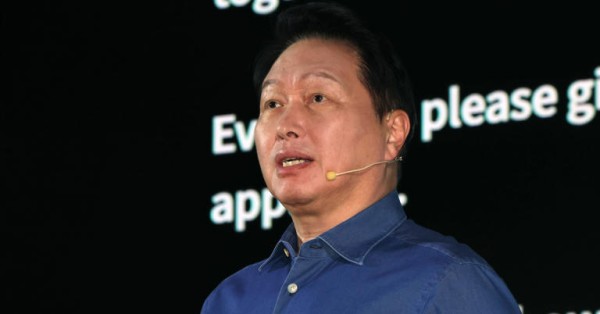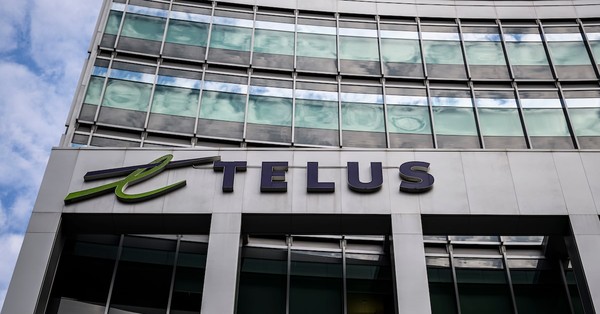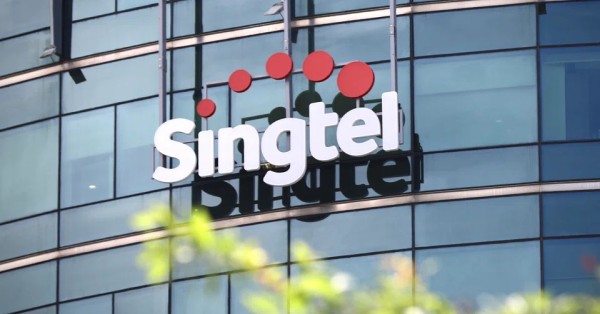Executive summary: Nokia and TNN extend AI-ready 5G RAN and managed services in Denmark
Nokia will remain TNN’s sole 5G RAN and managed services supplier for four more years, underpinning Denmark’s next phase of high-performance, energy-efficient, and increasingly autonomous mobile networks.
Nokia-TNN 5G deal highlights and rollout
The renewed agreement modernizes TNN’s nationwide 5G footprint with Nokia’s AirScale Radio Access Network portfolio and AI-driven MantaRay solutions to improve speed, capacity, and customer experience for more than three million users. Deployment highlights include Habrok Massive MIMO radios for mid-band capacity, Pandion multi-band remote radio heads for broad coverage, and AI-ready AirScale basebands (Ponente, Lodos, Levante) powered by ReefShark system-on-chip silicon to scale throughput while reducing power consumption. Nokia’s managed services wrap AI and automation into day-to-day operations, bringing closed-loop optimization to the RAN.
Why TNN and Denmark matter for 5G scale
TNN, a shared network joint venture of Norlys and Telenor, is Denmark’s largest mobile infrastructure platform—making this extension a bellwether for Nordic 5G ambition. Network sharing continues to be a pragmatic model in mature markets, compressing time-to-coverage and lowering total cost of ownership while sustaining competition at the services layer. Denmark’s early 5G adoption and dense fiber backhaul create favorable conditions to commercialize advanced 5G use cases once the RAN becomes more autonomous and energy-aware.
Strategic significance: shifting from 5G build-out to AI-native, autonomous operations
This renewal signals an operator shift from build-out to automation-led performance, OPEX discipline, and readiness for 5G-Advanced capabilities.
Zero-touch 5G RAN as a near-term priority
Nokia’s MantaRay SON and AutoPilot bring intent-based, AI-powered controls to the radio layer, continuously tuning parameters for traffic, interference, and mobility in real time. This is a tangible step toward zero-touch operations aligned with broader industry movements on service management and automation, enabling faster fault resolution, fewer truck rolls, and more consistent QoE. Expect measurable uplifts in spectral efficiency and site utilization as AI models learn local traffic patterns and environmental conditions.
Energy-efficient RAN as a board-level KPI
RAN power is the dominant contributor to network OPEX and emissions in many markets; modernizing with AirScale radios and ReefShark-based basebands targets watts-per-bit as a core metric. Intelligent sleep modes, more efficient Massive MIMO processing, and better thermal design improve energy elasticity at cell level. This dovetails with operator commitments to energy reporting frameworks and helps hedge against power-price volatility while supporting sustainability targets.
Single-vendor cohesion vs multivendor openness in 5G
Keeping Nokia as the sole RAN and managed services supplier simplifies integration, accelerates optimization, and tightens accountability—valuable when scaling AI-driven changes across thousands of cells. The trade-off is vendor concentration risk. Operators should demand demonstrable support for open interfaces and interoperability roadmaps so they can selectively introduce additional vendors or Open RAN components as the ecosystem matures without losing operational gains achieved through end-to-end automation.
Key technology building blocks in Denmark’s 5G evolution
The combination of new radios, basebands, and AI/automation tooling sets up TNN to push performance and efficiency over the next product cycles.
Massive MIMO for capacity, multiband radios for coverage
Habrok Massive MIMO improves mid-band beamforming and user throughput, critical for dense urban zones and enterprise hotspots. Pandion multi-band RRHs extend reach and simplify site configurations across low- and mid-band holdings, enabling more uniform user experience and fewer tower visits. Together, they allow smarter spectrum use and more resilient mobility across mixed environments.
AI-powered managed services and closed-loop SON for 5G
MantaRay SON automates routine optimization, while AutoPilot adds an intent-driven layer that orchestrates SON modules dynamically. Practical outcomes include faster anomaly detection, autonomous parameter changes during traffic spikes, and better handover performance at cell edges. As models mature, operators can target SLA-centric optimization—prioritizing enterprise traffic slices or fixed wireless access peaks—without manual tuning.
Baseband scaling with Nokia ReefShark silicon
AirScale basebands (Ponente, Lodos, Levante) deliver higher capacity per rack unit and superior energy characteristics, supporting traffic growth without linear site expansion. The platform approach allows software-led feature activation, positioning TNN to adopt 5G-Advanced enhancements as they commercialize, including AI-assisted scheduling and improved mobility, while maintaining consistent lifecycle management across the installed base.
Business implications for operators, vendors, and enterprises
This contract offers a template for modernization that blends radio refresh, AI automation, and managed operations to drive TCO and performance outcomes.
For operators: a pragmatic 5G modernization playbook
Prioritize a site-by-site energy and performance baseline before upgrades to quantify ROI; run A/B pilots for AI-driven optimization against control clusters; standardize automation KPIs such as energy per carried bit, spectral efficiency, and mean time to restore; and align spectrum strategy with Massive MIMO densification plans. Build an intent catalog for operations teams to codify optimization goals by geography, time, and customer segment.
For vendors and integrators: prove openness and outcomes in 5G
Energy scorecards, transparent TCO models, and documented AI governance are becoming table stakes. Demonstrate support for open fronthaul and standardized management interfaces to de-risk future multivendor augmentation. Provide blueprints that link automation use cases to measurable QoE and OPEX impacts, not just platform features.
For enterprises and public sector: plan for 5G performance tiers
As coverage, capacity, and automation improve, expect stronger SLAs for fixed wireless access, mobile SD-WAN, and IoT. Engage operators on application-aware QoS and readiness for features associated with 5G-Advanced, such as enhanced positioning and more efficient mid-tier device connectivity, to align network capabilities with industrial and critical communications needs.
What to watch next on Denmark’s 5G-Advanced runway
Progress will hinge on visible KPI improvements, automation at scale, and a measured path to openness.
Operational KPIs and 5G user experience
Track energy per bit, peak and median downlink rates, cell-edge throughput, and time-to-resolve incidents post-automation rollout. Watch for steady improvements in consistency of experience across urban and rural footprints as multiband upgrades complete.
Automation at scale and AI governance
AI-driven changes require robust observability and rollback policies; expect increased investment in intent catalogs, model monitoring, and cross-domain telemetry. Operators should align with emerging automation best practices to ensure closed loops remain safe, explainable, and auditable.
5G-Advanced feature adoption and ecosystem dynamics
Monitor the timing of software upgrades that introduce 5G-Advanced capabilities, the role of AI in RAN scheduling and interference management, and any pilots involving more open interfaces. In the Nordics, also watch regulatory stances on network sharing and openness, as they will shape vendor strategies and competitive dynamics.
Bottom line: Denmark’s largest shared network is doubling down on an AI-first, energy-efficient RAN with a single-vendor stack, positioning the market to translate 5G investments into measurable performance, sustainability, and service innovation over the next four years.









































